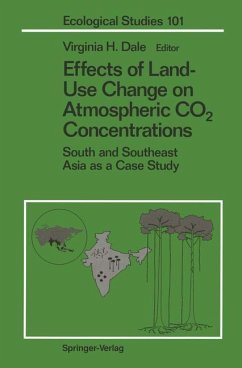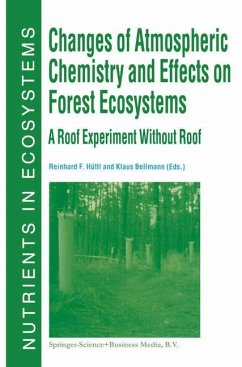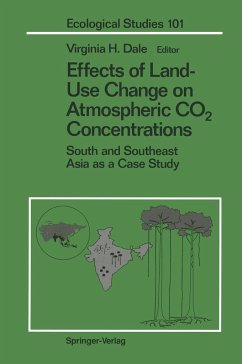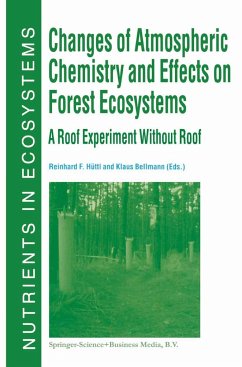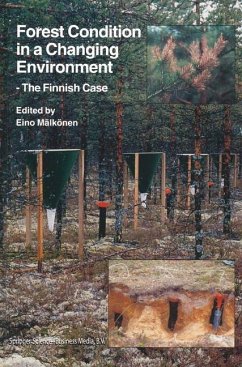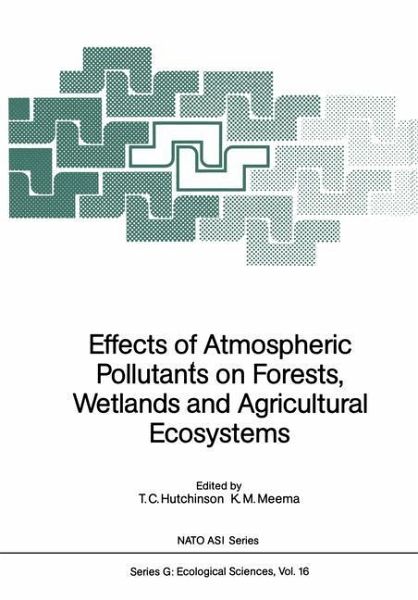
Effects of Atmospheric Pollutants on Forests, Wetlands and Agricultural Ecosystems

PAYBACK Punkte
39 °P sammeln!
T. C. Hutchinson The NATO Advanced Research Workshop detailed in this volume was held in Toronto, Canada, in 1985. The purpose of the Workshop was to provide a "state of the art" report on our knowledge of the sensitivities and responses of forests, wetlands and crops to airborne pollutants. Approximately 40 scientific experts from nine countries participated. Most participants were actively involved in research concerning the effects of air pollutants on natural or agro-ecosystems. These pollutants included acidic deposition, heavy metal particulates, sulphur dioxide, ozone, nitrogen oxides, ...
T. C. Hutchinson The NATO Advanced Research Workshop detailed in this volume was held in Toronto, Canada, in 1985. The purpose of the Workshop was to provide a "state of the art" report on our knowledge of the sensitivities and responses of forests, wetlands and crops to airborne pollutants. Approximately 40 scientific experts from nine countries participated. Most participants were actively involved in research concerning the effects of air pollutants on natural or agro-ecosystems. These pollutants included acidic deposition, heavy metal particulates, sulphur dioxide, ozone, nitrogen oxides, acid fogs and mixtures of these. Also invited were experts on various types of ecosystem stresses, physiologi cal mechanisms pertinent to acid deposition, and other areas that were felt by the director to be of direct relevance, including: effects of ethylene on vegetation, the physiology of drought in trees, the nature and role of plant cuticles as barriers to acid rain penetration, the useof dendrochronological techniques in reconstructing the time of onset and the subsequent progression of growth declines, the ability of soils to naturally generate acidity, the role of Sphagnum moss in natural peat land acidity, the use of lichens as indicators of changing air quality, and the magnitude of natural emissions of reduced sulphur gases from tropical rainforests and temperate deciduous forests. The Workshop included a series of invited presentations and subsequent group discussions. These presentations were designed to allow syntheses of our present knowledge as well as detailed questioning and discussion.





